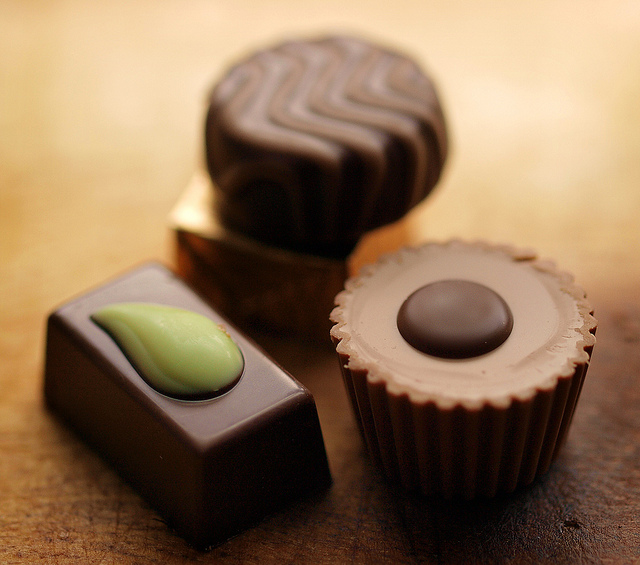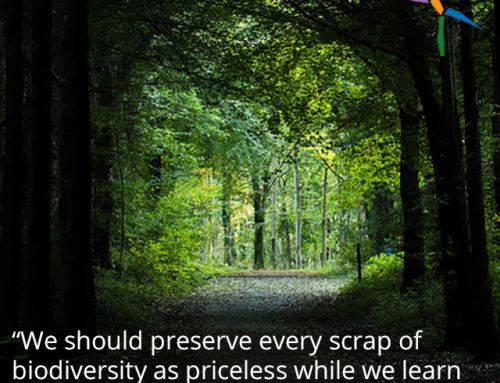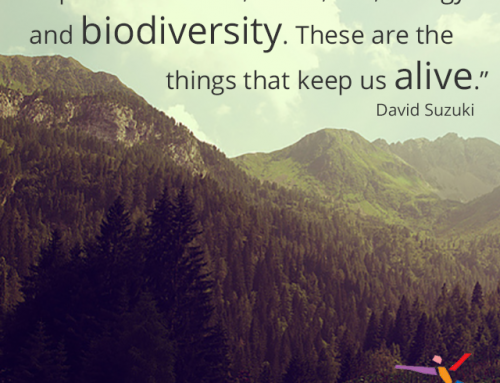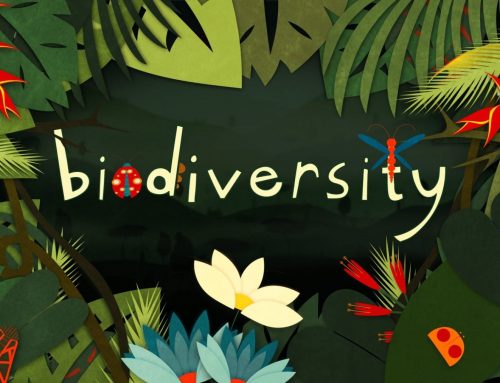Valentine’s month means chocolate season, but as we’ve already covered there’s certainly a carbon and social consciousness footprint associated with chocolate products. Even taking out the impact of climate change and global warming on the ability to sustainably grow the cacao plant required to make chocolate, you’re still left with some sobering statistics. For example, according to a 2011 report from the U.S. Department of Labor, almost two million children were involved in cocoa harvesting in Africa within a twelve month period. In fact, the chocolate industry is considered one of the worst industries for incorporating child labor into the mix. However, you can make good decisions about buying chocolate that minimize the negative impact of production of almost everybody’s favorite sweet treat. And the easiest way to minimize the negative footprint of your chocolate buy is to purchase fair trade chocolate.
What Are Fair Trade Products?
Chocolate isn’t the only product that you can buy fair trade. Coffee is another common product to buy fair trade. With products like coffee and chocolate that aren’t fair trade, what often ends up happening is that farmers and producers of the raw organic materials end up selling their product to a middle man who then sells to larger manufacturing organizations. In many (most) cases the middle man is known to misrepresent the fair market price of the raw product (in this case cacao) and purchases the raw product at an extreme discount, then marking it up significantly when he or she sells it to the large corporations that make consumer goods such as chocolate bars. This intentional misrepresentation of price keeps the middle man and, to a degree, the larger corporations profitable (and some would say flush with cash) while it traps the producer of the original material in a cycle of poverty. Since most producers of products such as coffee and chocolate are from developing nations, it ensures economic depression of those nations and keeps the producers of the original product or material from creating their own sustainable livelihood.
Fair trade products are, quite simply, products that ensure that this practice doesn’t take place. In the case of fair trade chocolate, the chocolate producers not only work directly with the small scale farmers in developing nations to set and pay fair prices, they also often work with these same farmers to help them improve crop life cycles, farming practices and even business practices. At the end of the day, the farmers are getting paid a fair price and building ongoing livelihoods and you’re paying a minimal difference in chocolate prices because the middleman has been removed. Plus, chances are that your chocolate tastes somewhat better because of the care given to how it was grown. And, of course, because companies who engage in fair trade practices typically have a corporate reputation to maintain, they are also making sure that no child labor or questionable labor practices are used to grow the chocolate.
How to Recognize Fair Trade Chocolate
Figuring out if your chocolate is fair trade or not is fairly easy. Though there are actually several different regulatory bodies and labels, the most common one to look for appears to the left and is issued by FLO-CERT, the certification and labeling division of Fair Trade International. While there is some controversy in that FLO-CERT is a for-profit labeling and certification process which certainly muddies the waters, you can be reasonably sure that the chocolate that you purchase with this label is farmed and created using socially and environmentally sustainable practices. Of course, a little extra research on your part never hurt either! Do some Googling of the manufacturers of your favorite chocolate products to get the real scoop on their farming, harvesting, purchasing and manufacturing processes. And we’ve said it before but we feel that we can’t recommend the Buycott smartphone app enough. Scan any product while you shop to see the social and environmental rankings of its manufacturer and get suggestions for alternatives that are more socially or environmentally friendly.
A Few Quality Fair Trade Chocolate Options
There are an entire range of fair trade chocolate producers out there and a trip to your local co-op or organic food store will likely give you plenty of options. But to get you started here’s our shortlist of our favorite fair trade chocolate brands for a sweet Valentine’s Day … and every day.
- Sweet Earth Chocolates
- Madécasse Chocolate
- Equal Exchange
- Shaman Chocolates
- Rescue Chocolate
- Green and Black’s
- Theo Chocolate
- Divine Chocolate
- Endangered Species Chocolate
- Taza Chocolates
- Newman’s Own Organic Chocolates
- Dagoba Organic Chocolate
- CocoaVino
- Alter Eco Chocolates
- Sweetriot Chocolates
- Sjaak’s Organic Chocolates
Did we miss a fair trade chocolate brand that you want to share with us? If so, just tell us about it on one of the social media channels below.
Facebook | Twitter | Instagram | Tumblr | Pinterest | Google+





